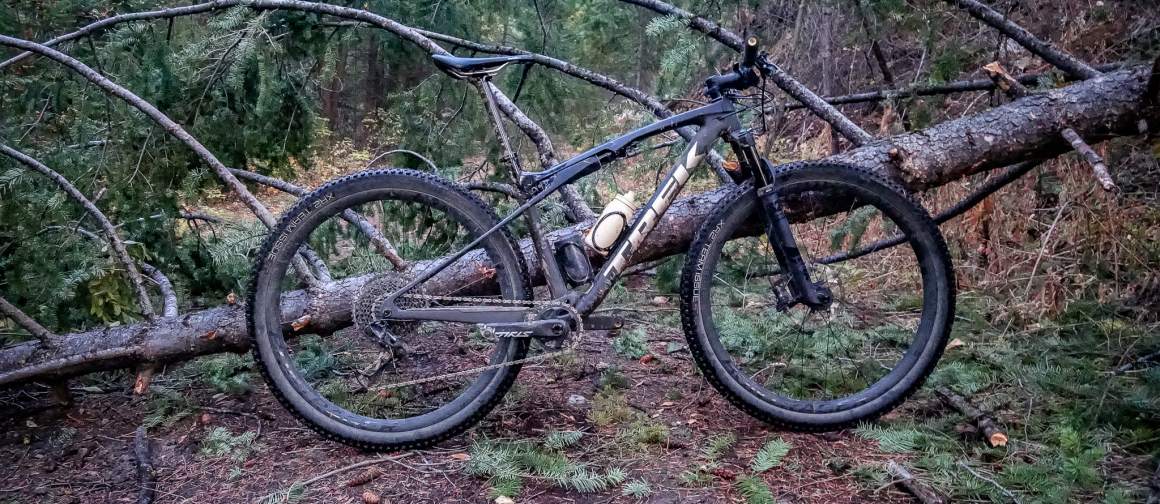
The Trek Supercaliber is for distant days and social distancing. As their marketing states, the Supercaliber rides somewhere in between a full suspension and a hardtail. It was my choice to be distant during COVID-19 and the Supercaliber took me there. Designed as a short-travel racing bike, I rode it in the wilds of Washington’s North Cascades. Rides were fast and hard, but there was no pinning a number on or lining up for a mass start.
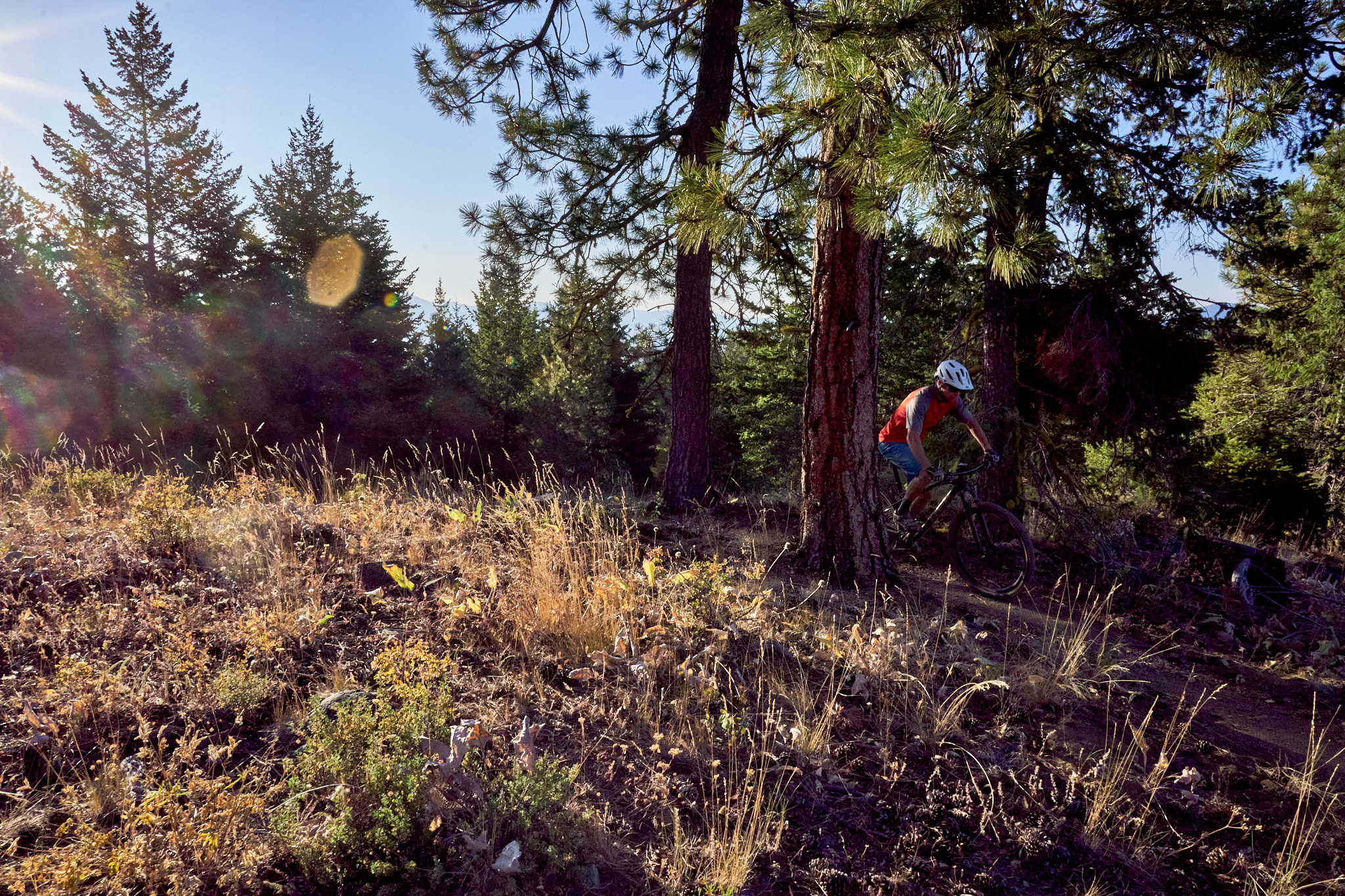
During all the hours I spent on the Supercaliber, I only saw a smattering of other cyclists. Like me, they kept on pedaling with balaclavas pulled up over their mouths and noses, exchanging pleasantries as we passed. It turns out that the spec of a full-on racing bike serves the behavior of a former racer, even if they’re riding alone.
IsoStrut Works
The ISOStrut system will climb locked out with zero bobbling and has just enough suspension for any descent. I would lock and unlock it just as much as I shifted gears, even getting an upward bounce from the rear by releasing it as I crested a tight switchback.
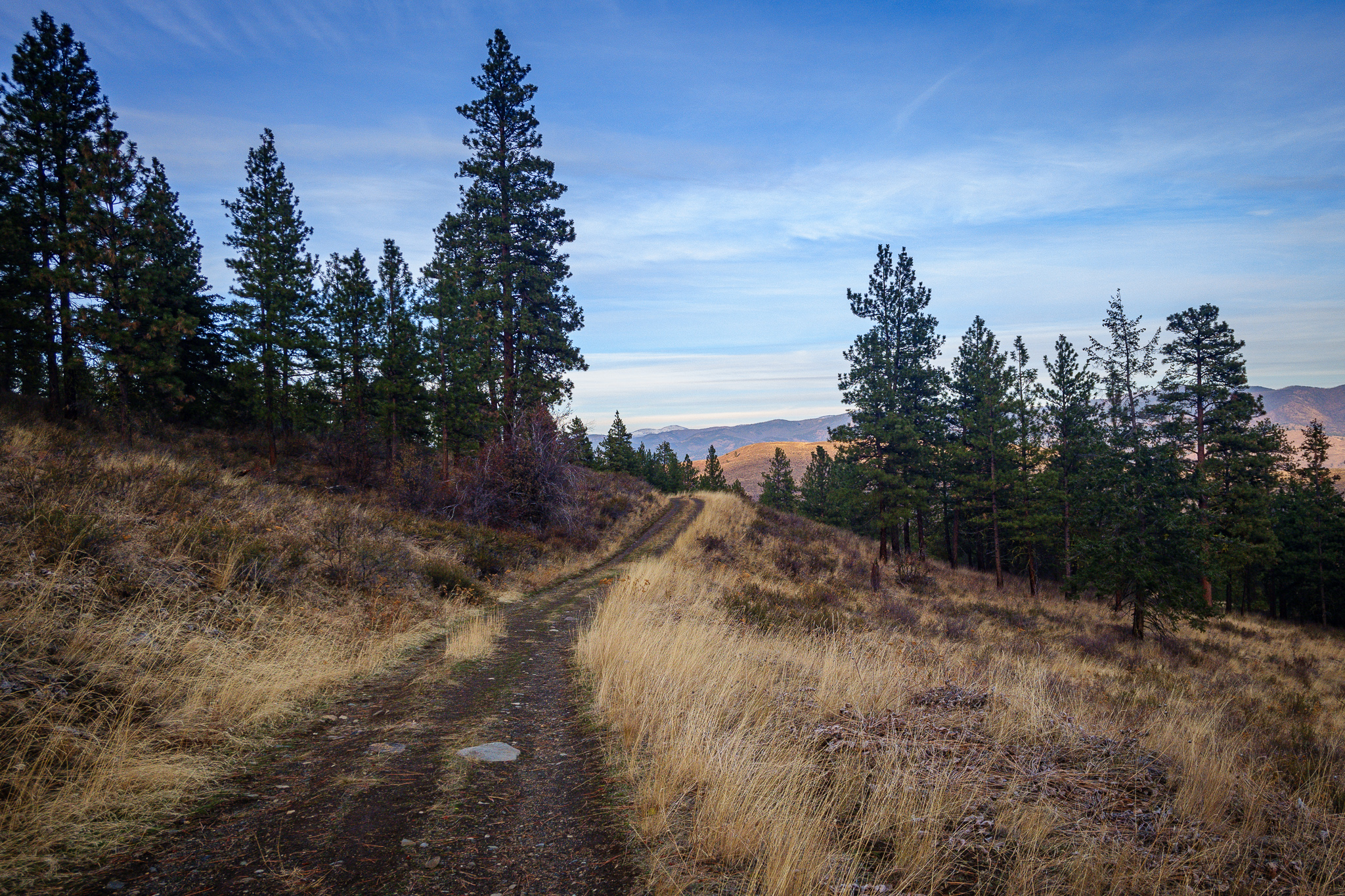
On a rough climb, I would benefit from better traction and smoother tracking. Where hardtail mode mattered most is on connector fire roads between trails. Trek would not say if this will roll out to other bikes, but I hope they incorporate this ISOStrut iteration into a future full-suspension drop bar gravel bike.
That would be amazing.
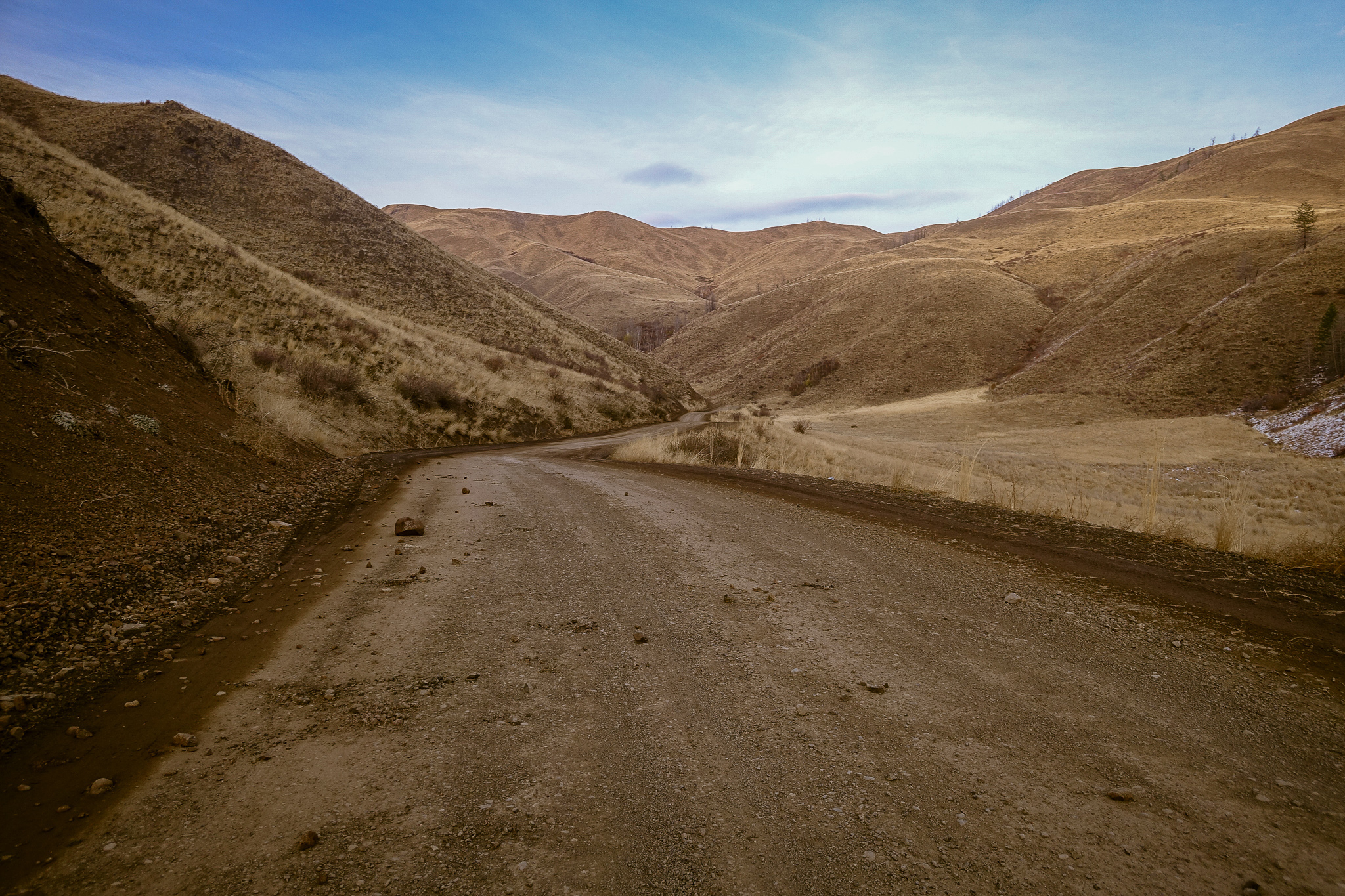
I blazed trails and rode near-abandoned singletrack that had not seen a tire tread for years. Being able to stay in the saddle all day with comfort, yet being able to blast down a hill or rocket up a climb is important to me, and the only other bike like the Supercaliber is the OPEN Cycle ONE+. That bike uses its plus-sized tires like a suspension to do what I want. That does not include enduro-style descents or Whistler-sized jumps, but frothy loam and rock gardens? You bet.
Enough snow has fallen now that I cannot ride the Trek in the Methow again until next season.
I wish I still could.
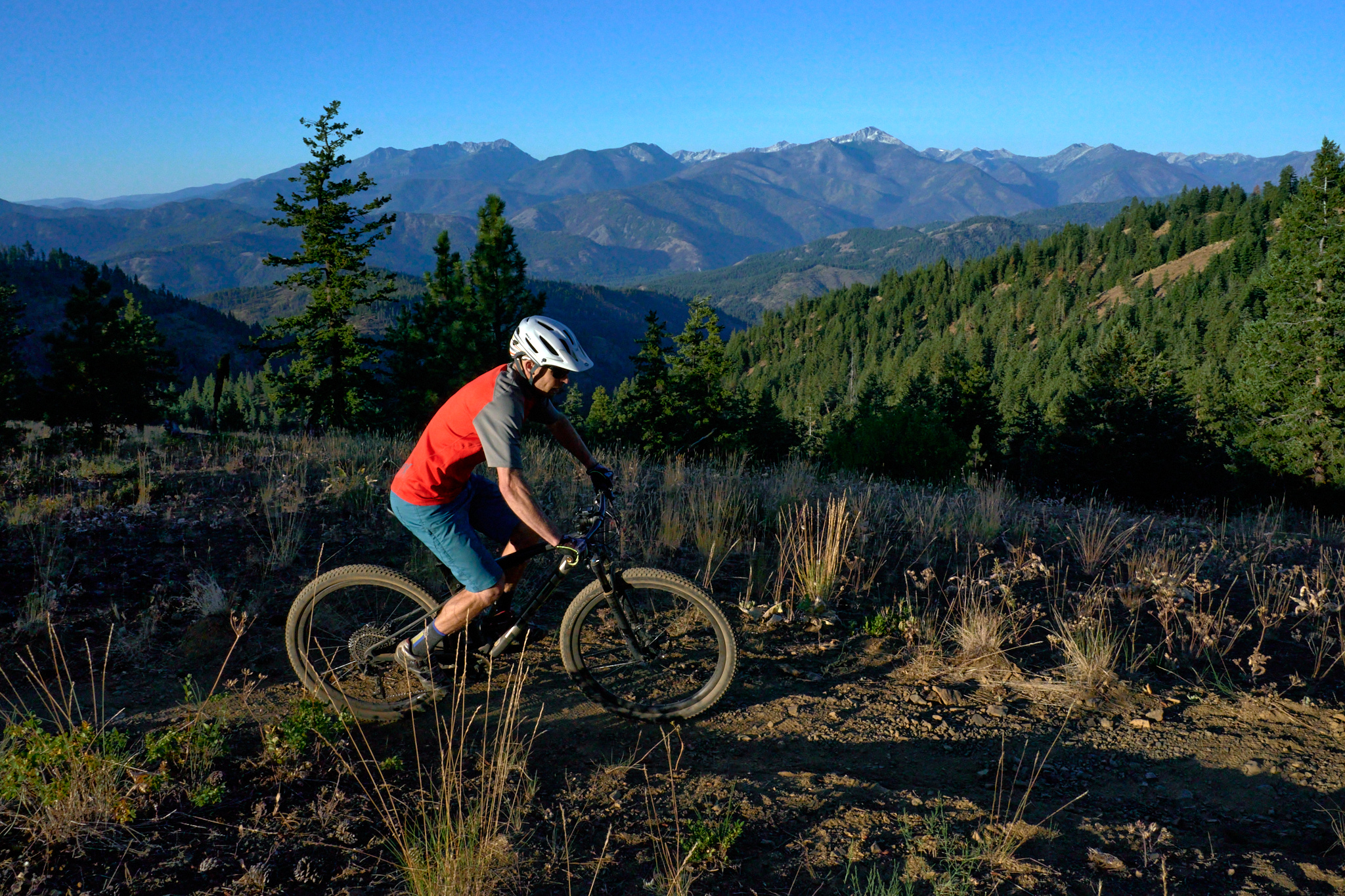
XC for Backcountry
As I’m used to a more upright cockpit (0-degree stem and bars with a rise) and a slacker head tube, I felt a bit pitched forward on the descents. At first, that meant more braking and being slower through the turns and berms. I later realized the slammed front keeps the front wheel stuck to the ground. With hips pivoted backward and rear end floating, I cleared the tabletops and drops on Pete’s Dragon.
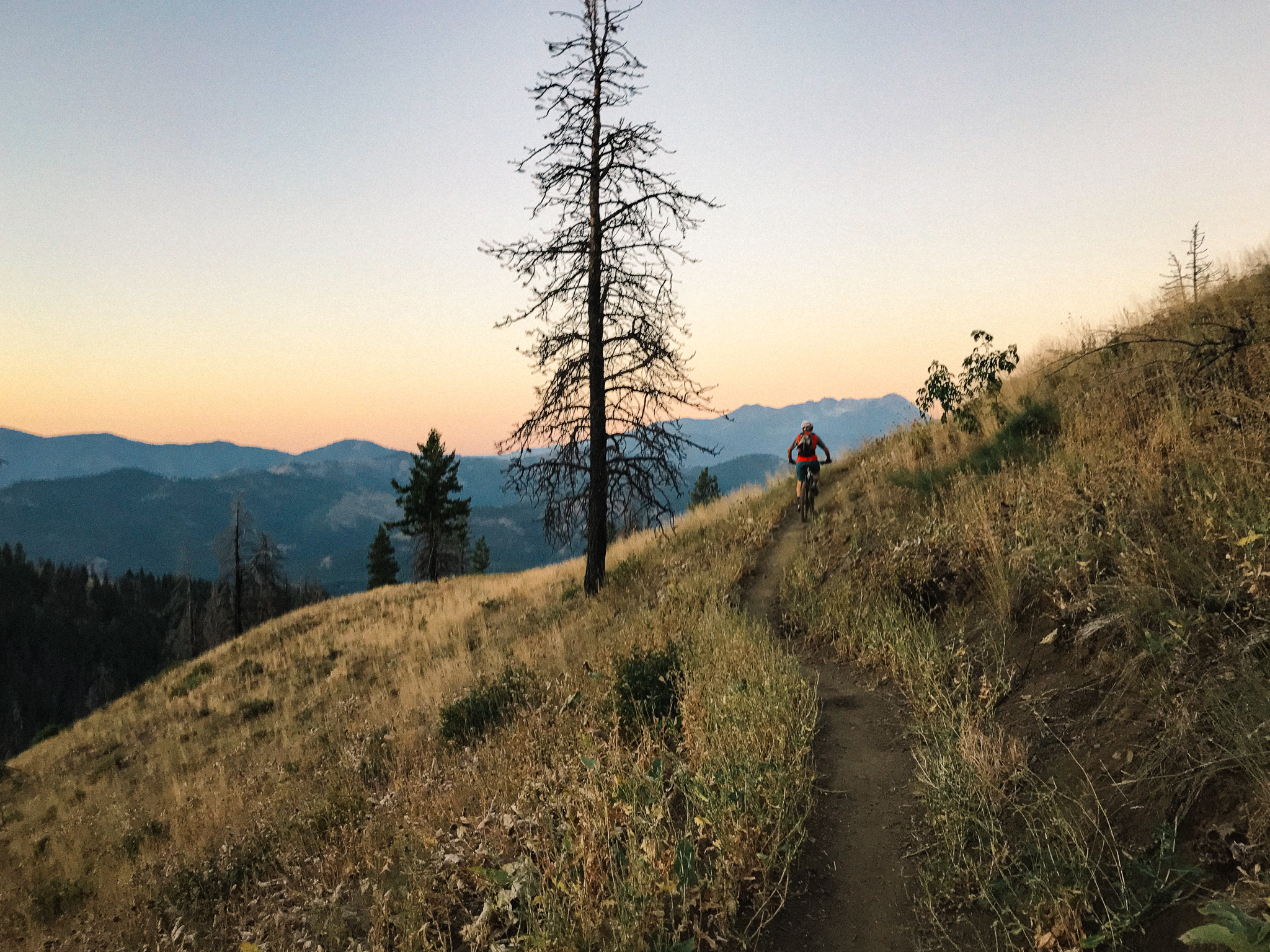
Considering the super slack trend in mountain biking now and the popularity of bikes that steer like shopping carts, the Trek Supercaliber is not for everyone. Totally works for me.
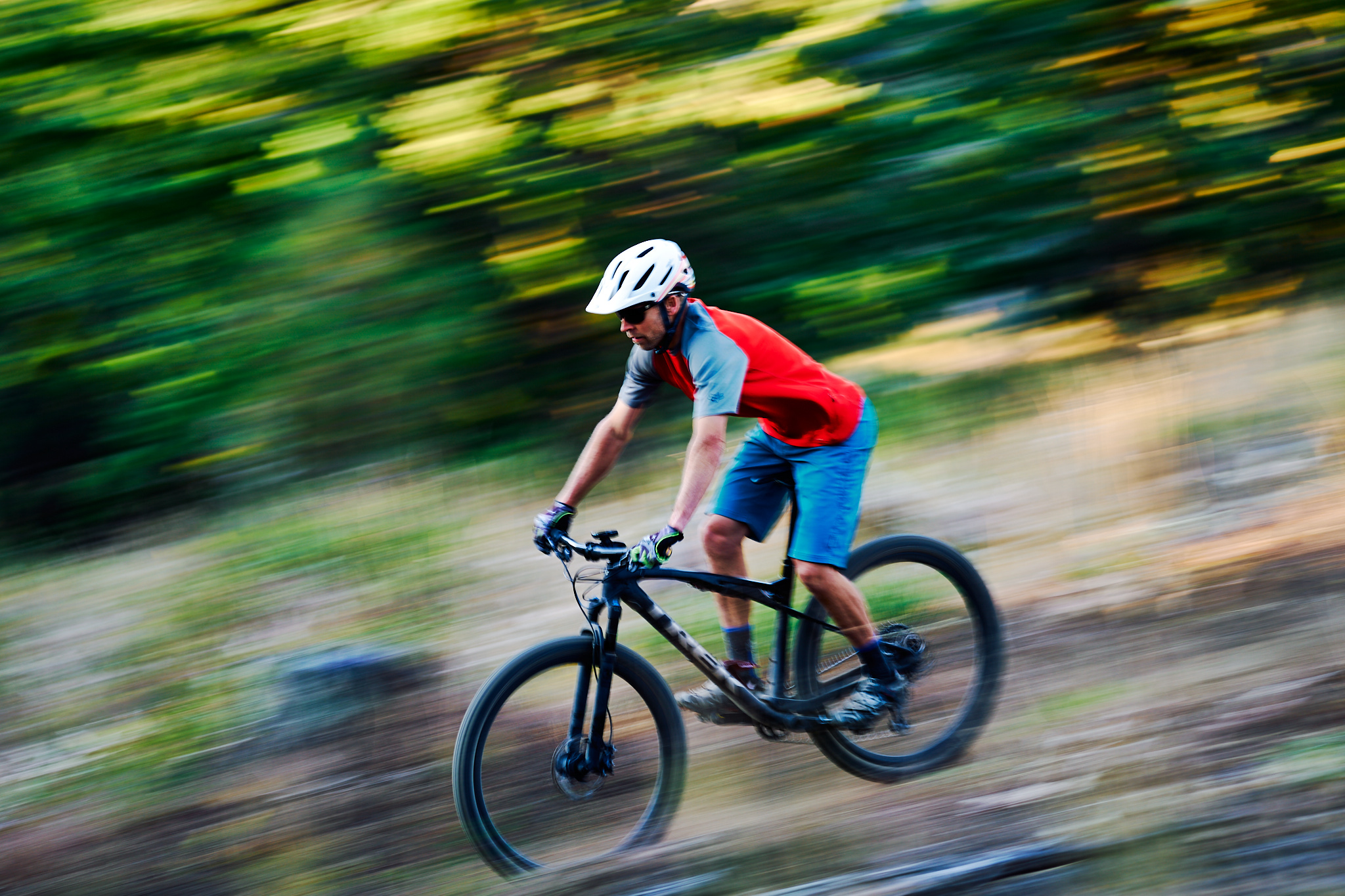
The Supercaliber did everything I asked of it and kept me happily socially distant. Find a Supercaliber at a Trek shop near you. Trek sent my demo, the 9.8, to Methow Cycle and Sport. With the build I tested, the bike retails for $5899.
Trek Supercaliber For Distant Days Suspension Specs
| Fork | Fox Performance 32 Step-Cast, Float EVOL air spring, GRIP 2-position damper, remote lockout, tapered steerer, 44mm offset, Boost110, 15mm Kabolt axle, 100mm travel |
|---|---|
| Shock | Trek IsoStrut, Fox Performance shock, air spring, DPS 2-position remote damper, 235×32.5mm |
| Max compatible fork travel | 120mm |
We're riding townies, adventure, and mountain bikes. Find recommendations on our store page. As Amazon Associates we earn from qualifying purchases.